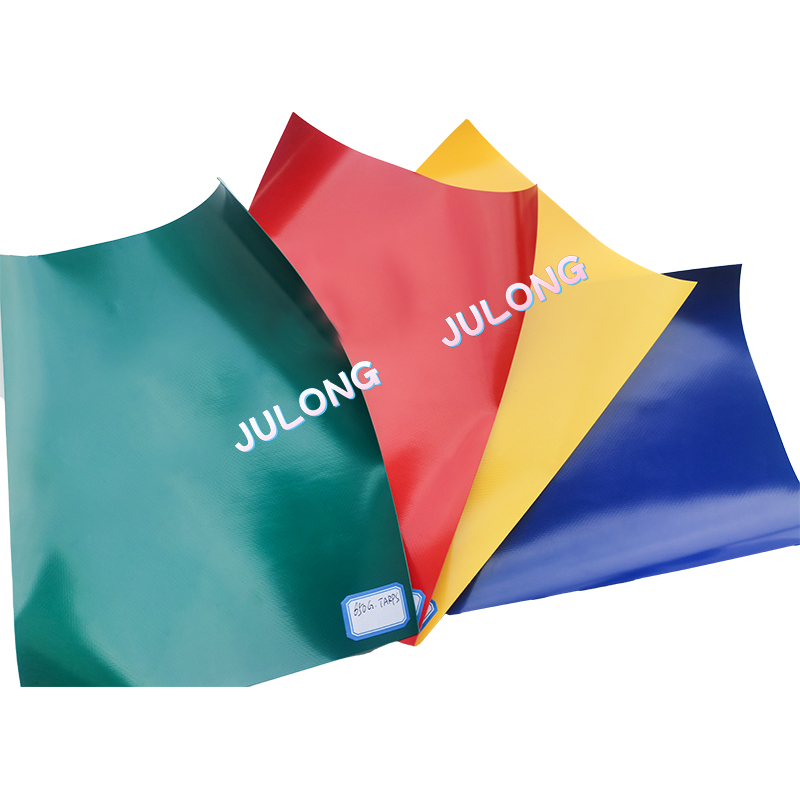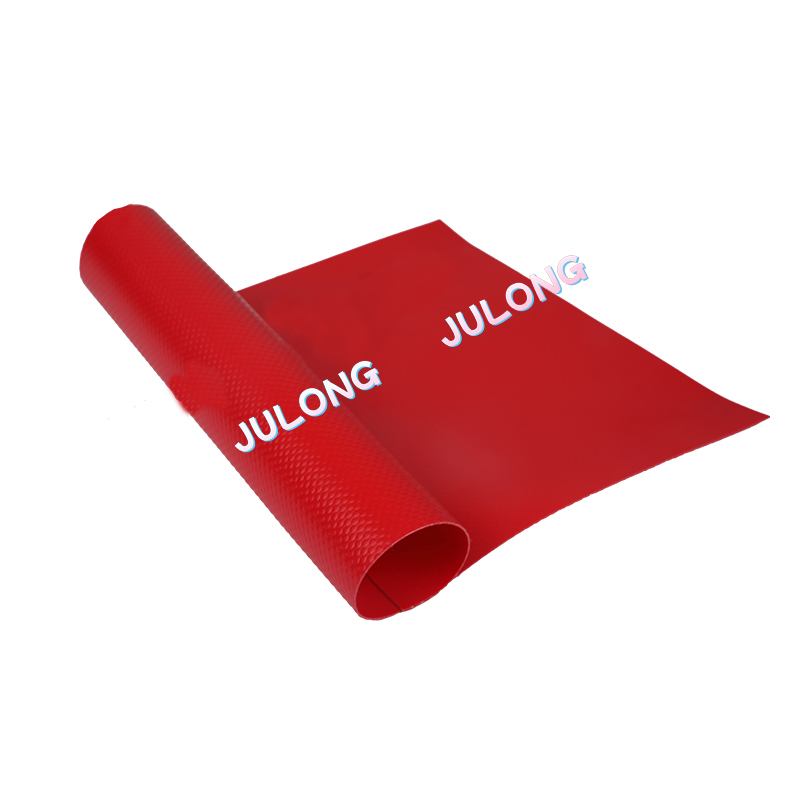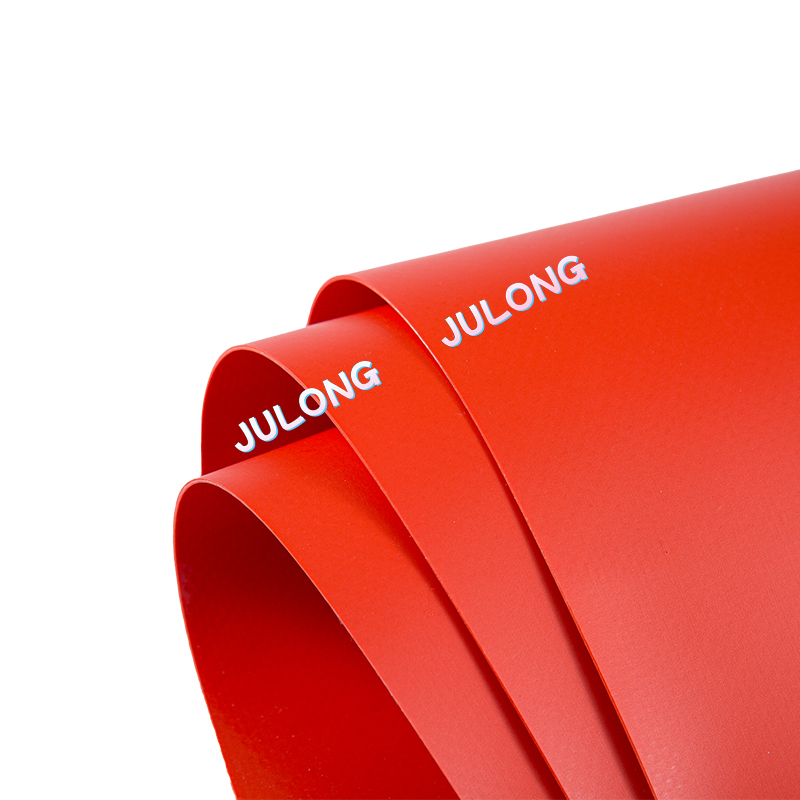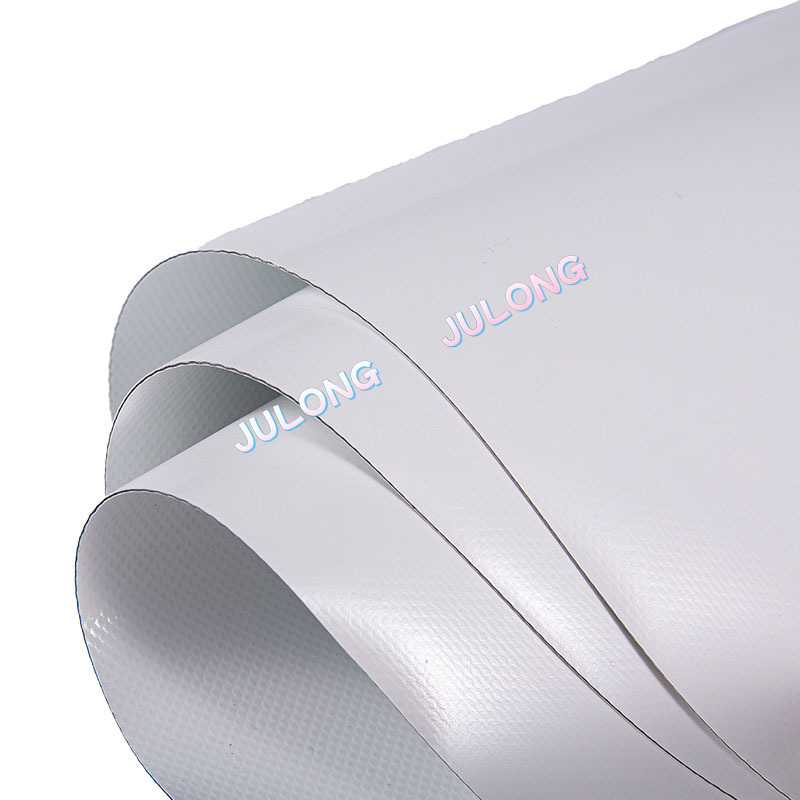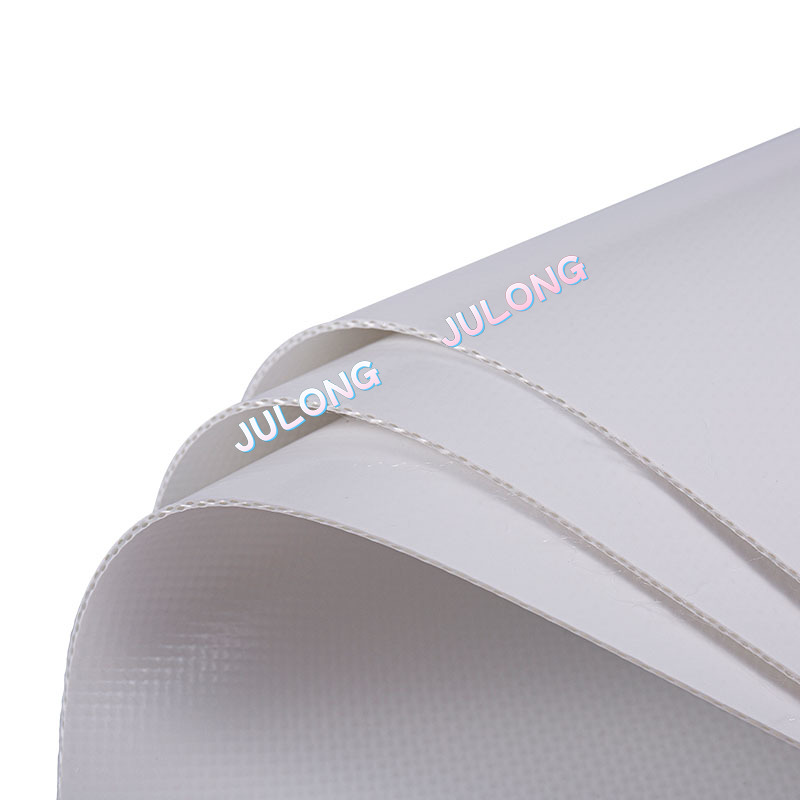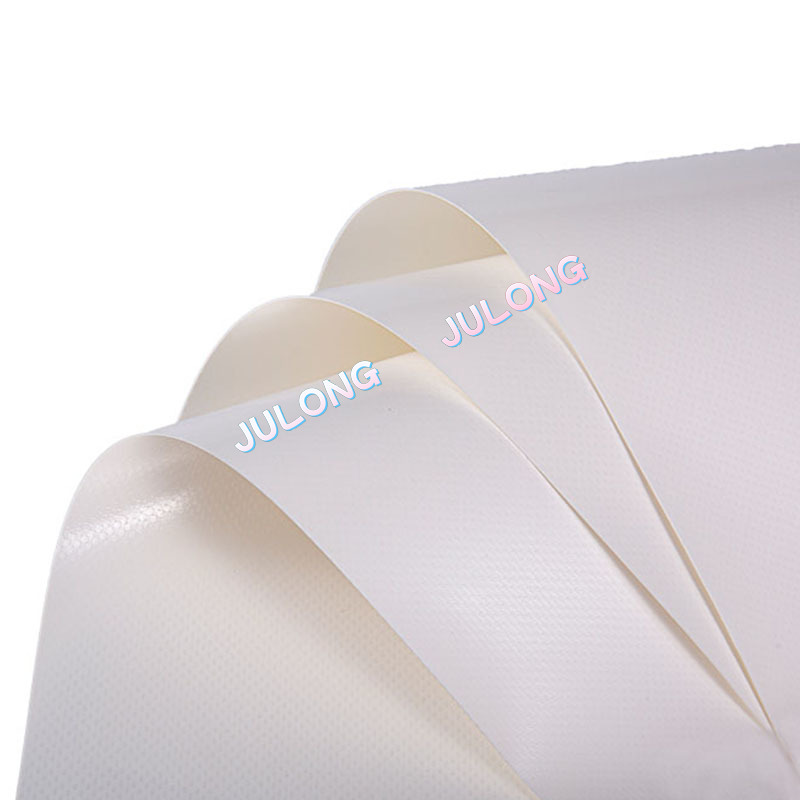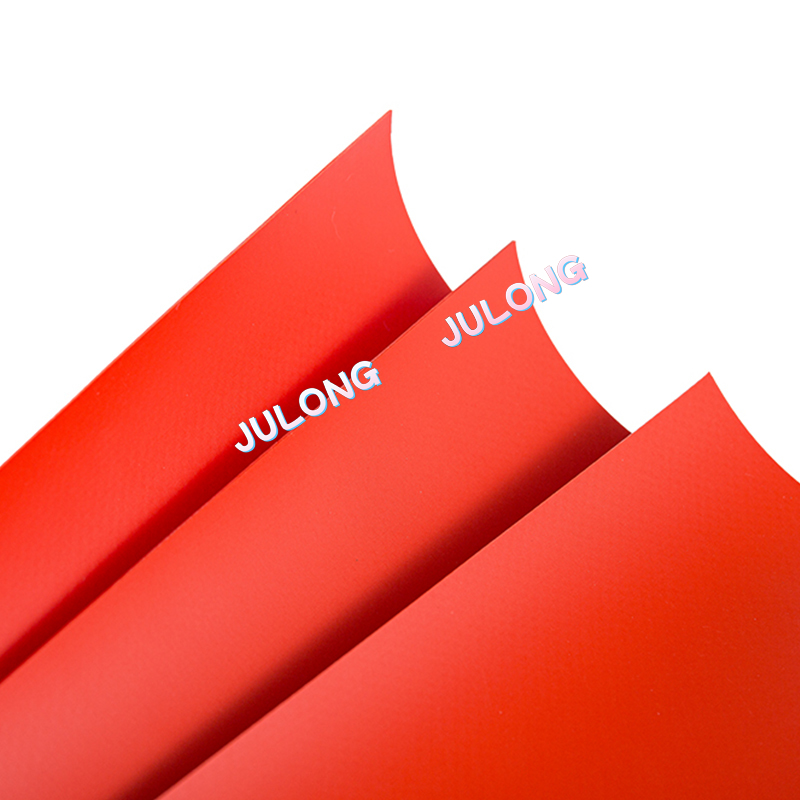Truck side curtains play a crucial role in protecting cargo during transport while allowing easy access for loading and unloading. Among the materials commonly used for side curtains, PVC (polyvinyl chloride) tarpaulin has emerged as a popular choice due to its durability, weather resistance, and cost-effectiveness. However, selecting the right PVC tarp thickness and quality is essential to ensure long-term performance, safety, and protection of goods.
This article explores the key factors to consider when choosing PVC tarps for truck side curtains, including material thickness, tensile strength, UV resistance, waterproofing, reinforcement, and overall durability.
1. Understanding PVC Tarps for Truck Side Curtains
PVC tarps are made by laminating polyester fabric with a layer of polyvinyl chloride, creating a material that is both strong and flexible. This combination provides several advantages for truck side curtains:
- Waterproof: Prevents rain, snow, and moisture from damaging cargo.
- UV Resistant: Protects against sun damage and fading.
- Durable: Resistant to tearing, abrasion, and impact.
- Flexible: Allows easy rolling or folding of side curtains for access to cargo.
The performance of PVC tarps largely depends on thickness and material quality, which must be matched to the specific demands of transportation.
2. Importance of Tarp Thickness
a. Standard Thickness Range
PVC tarps for truck side curtains typically range from 500 to 900 grams per square meter (gsm) or about 0.5 mm to 1.0 mm in thickness. Thickness directly affects:
- Tear Resistance: Thicker tarps can withstand higher stress and reduce the likelihood of rips or punctures during loading and unloading.
- Longevity: A thicker tarp is less susceptible to wear and degradation over time.
- Weather Resistance: Provides better insulation against wind, rain, and sun exposure.
b. Application-Specific Considerations
- Lightweight Loads: For trucks carrying light cargo, thinner tarps (500–600 gsm) are generally sufficient, offering flexibility and easy handling.
- Heavy or Abrasive Loads: Trucks transporting industrial materials, machinery, or sharp-edged items benefit from thicker tarps (700–900 gsm) for enhanced protection.
- Long-Distance Hauling: For cross-country or international transport, thicker tarps withstand repeated exposure to wind, sun, and road debris.
Choosing the correct thickness balances protection, flexibility, and cost, ensuring optimal performance for specific transport needs.
3. Tensile Strength and Tear Resistance
While thickness is important, the quality of the PVC and the underlying fabric determines the tarp’s overall strength:
- Polyester Fabric Layer: Provides tensile strength to resist stretching and tearing. High-denier polyester offers superior performance.
- PVC Coating: Protects the fabric layer from moisture, UV radiation, and chemical exposure.
- Reinforcement: Some PVC tarps feature additional cross-weaving or scrim layers for enhanced tear resistance.
Key factors to assess include:
- Tensile Strength: The ability to withstand pulling forces without breaking.
- Tear Strength: Resistance to small cuts or punctures expanding into larger tears.
- Seam Strength: Reinforced seams or welded joints prevent failure under stress.
For trucks exposed to rough handling or industrial loading conditions, selecting a PVC tarp with high tensile and tear strength is crucial to prevent costly damage.
4. UV Resistance and Weather Durability
Truck side curtains are frequently exposed to sunlight, rain, wind, and dust. UV-resistant PVC tarps maintain color stability and material integrity over time:
- UV Stabilizers: Added to the PVC coating to prevent fading, brittleness, and degradation from prolonged sun exposure.
- Weatherproofing: A high-quality tarp repels rainwater, resists mold, and avoids cracking in cold conditions.
- Temperature Tolerance: Some PVC tarps can withstand extreme heat or cold without losing flexibility.
Choosing a tarp with proven UV resistance and weather durability ensures long-term reliability and reduces replacement frequency.
5. Waterproofing and Moisture Protection
Waterproofing is a core function of PVC truck side curtains:
- Laminated PVC Coating: Prevents water penetration, protecting cargo from rain, snow, and road spray.
- Seam Sealing: Heat-welded or reinforced seams prevent leaks along joints.
- Chemical Resistance: Many tarps resist minor exposure to oils, acids, or road chemicals.
For transporting moisture-sensitive goods such as electronics, textiles, or food products, ensuring a fully waterproof tarp is critical.
6. Reinforcement and Edge Protection
Durability is not only about the center of the tarp but also the edges and mounting points:
- Reinforced Edges: Reduce tearing at corners and attachment points.
- Grommets or Eyelets: Stainless steel or reinforced plastic grommets allow secure fastening without damaging the tarp.
- Corner Patches: Extra material at stress points increases lifespan under repeated tension.
These reinforcement features prevent premature wear and ensure that the tarp remains securely fastened during transit.
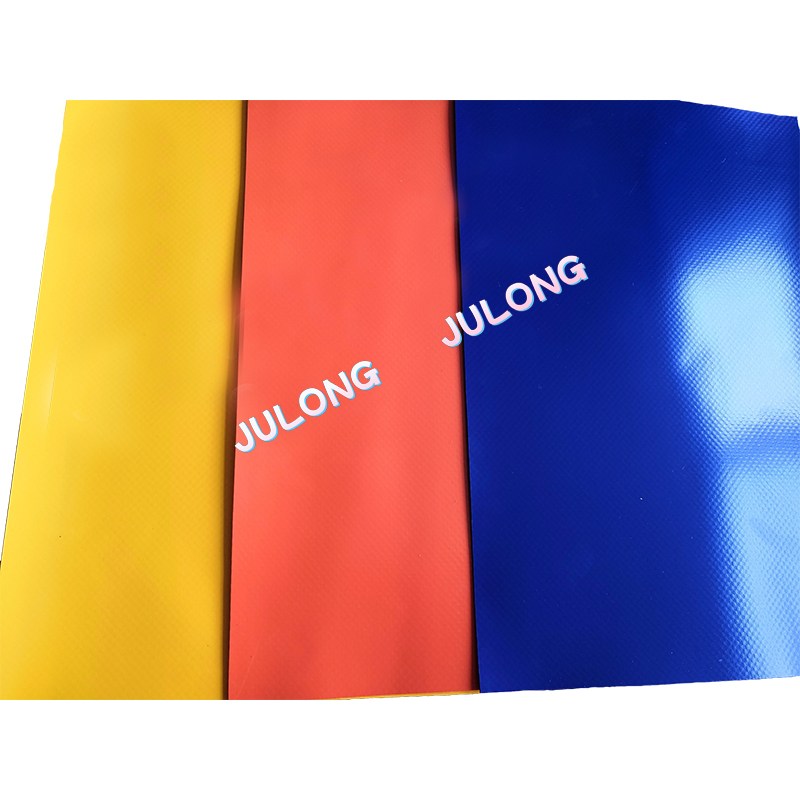
7. Flexibility and Ease of Handling
Truck operators need to roll, fold, and slide side curtains frequently. While thicker tarps offer strength, they can also be less flexible:
- Balance Between Thickness and Flexibility: Choose a tarp that is strong enough to protect cargo but flexible enough for easy handling.
- Weight Considerations: Heavier tarps require more effort to operate; consider ergonomic factors for manual handling.
High-quality PVC tarps are engineered to provide a good compromise between durability and pliability, ensuring smooth operation for drivers and loaders.
8. Color and Visibility
The color of the PVC tarp can also influence functionality:
- Light Colors: Reflect sunlight, reducing heat buildup in cargo areas.
- Dark Colors: May absorb heat but provide better opacity and UV protection.
- Visibility: Bright colors or reflective coatings enhance safety on the road, especially at night or in low-visibility conditions.
Some tarps are custom-colored or printed for branding while maintaining high-quality protective properties.
9. Regulatory and Safety Considerations
Truck side curtains may need to comply with transportation safety regulations in different regions:
- Fire Retardancy: Some PVC tarps meet fire-resistant standards to reduce risk in case of accidents.
- Load Securing Standards: Tarps should integrate with securement systems that comply with road safety regulations.
- Environmental Compliance: Check for non-toxic, eco-friendly materials that meet local environmental laws.
Ensuring compliance improves safety and avoids fines or legal issues during transport operations.
10. Cost vs. Longevity
While thicker, higher-quality PVC tarps cost more upfront, they often outperform cheaper alternatives over time:
- Lower Replacement Frequency: Durable tarps reduce downtime and maintenance costs.
- Reduced Cargo Damage: Protecting goods prevents losses from spoilage or damage.
- Overall ROI: Investing in quality materials saves money in the long run, despite higher initial expenditure.
Selecting the right balance between cost and quality ensures economic efficiency without compromising safety or performance.
11. Summary of Key Factors
When selecting a PVC tarp for truck side curtains, consider the following factors:
- Thickness: Match to cargo type and transportation conditions.
- Tensile and Tear Strength: Ensure the tarp withstands mechanical stress.
- UV Resistance: Prevents degradation from prolonged sun exposure.
- Waterproofing: Protects cargo from moisture and road spray.
- Reinforcement: Strong edges, grommets, and corner patches for durability.
- Flexibility: Easy to handle while maintaining strength.
- Color and Visibility: Reflects sunlight, improves safety, or supports branding.
- Regulatory Compliance: Fire retardancy, load securing standards, and environmental considerations.
- Cost vs. Longevity: Optimize long-term performance and economic efficiency.
Careful evaluation of these factors ensures that the PVC tarp selected provides maximum protection, durability, and operational convenience.
12. Conclusion
Choosing the right PVC tarp thickness and quality for truck side curtains is a critical decision for fleet operators, logistics companies, and transport managers. The ideal tarp balances strength, durability, flexibility, and environmental resistance to ensure that cargo remains safe and protected under all operating conditions.
By considering thickness, tensile strength, UV and weather resistance, waterproofing, reinforcement, and regulatory compliance, operators can select tarps that provide reliable performance and reduce maintenance and replacement costs over time. High-quality PVC tarps not only safeguard goods but also improve operational efficiency and safety on the road.
Investing in premium PVC side curtains ultimately delivers long-term value, making it a vital component in modern cargo transportation and logistics management.


 English
English عربى
عربى